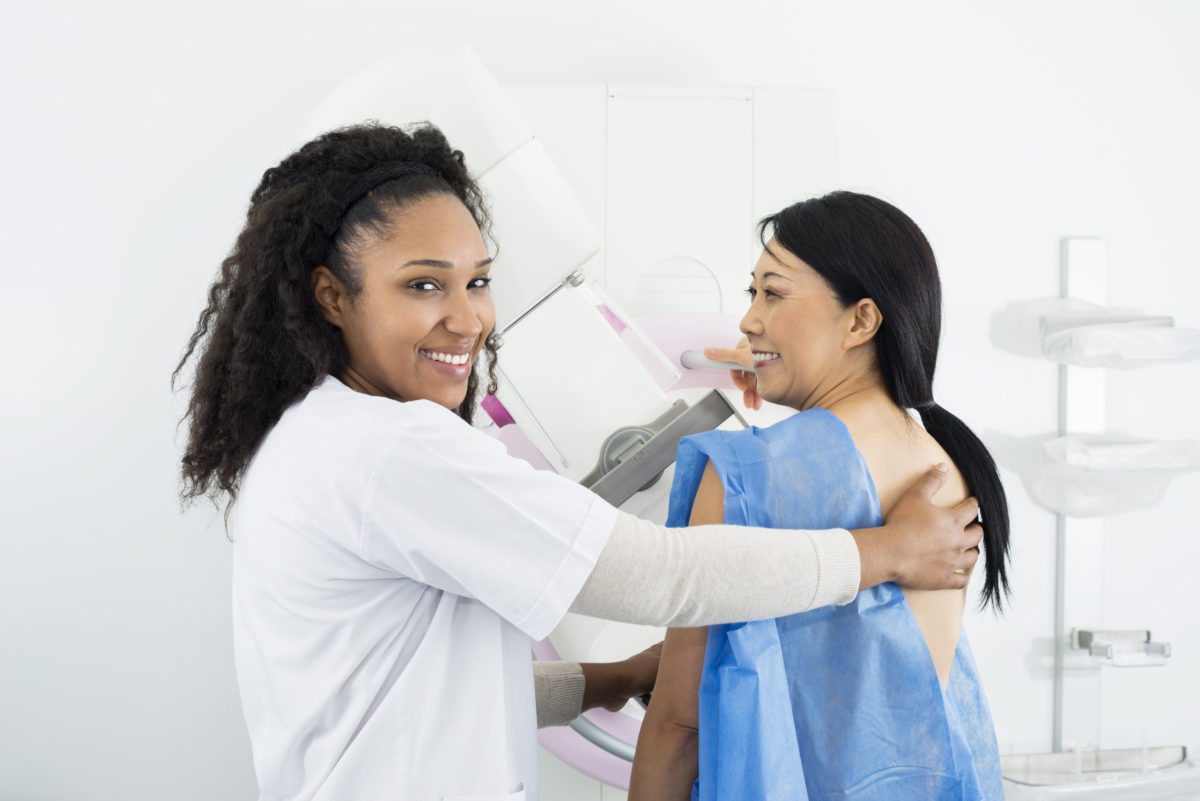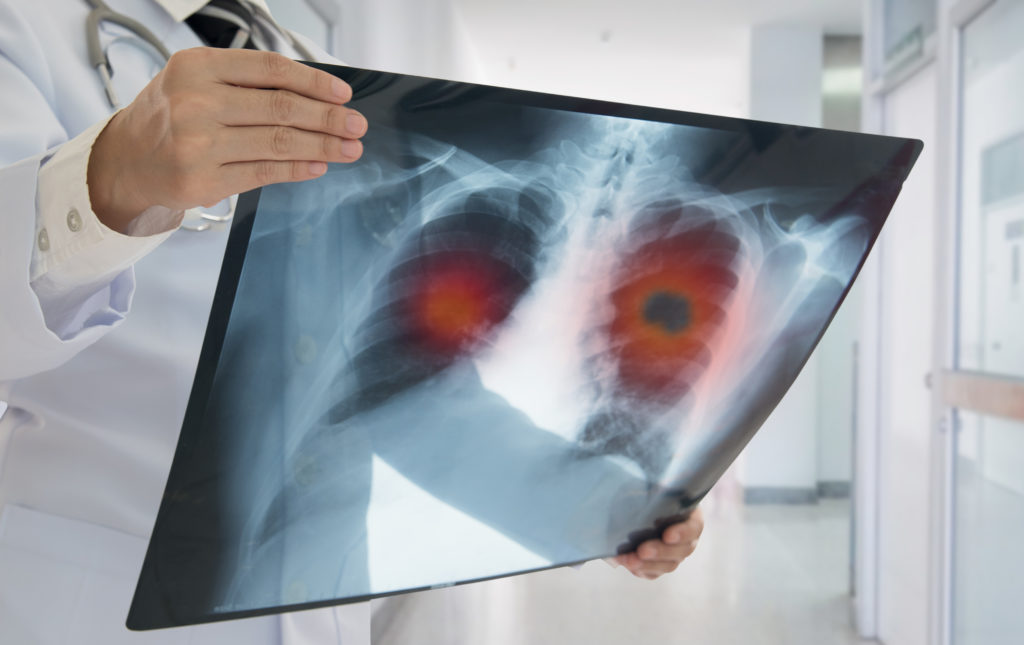Next to skin cancer, it’s the most common cancer that afflicts women. Statistically, one in eight women will get the unwelcome diagnosis at some point in life: breast cancer.
The initial discovery of the cancer may vary. Women sometimes find a lump themselves. Other times, it will show up on a mammogram. Regardless, it’s important to realize that abnormalities discovered in the breasts usually are not cancerous. However, the high number of women who are diagnosed with breast cancer makes it imperative that you follow up on any anomaly and have it reviewed by a qualified physician.
Self-exams and mammography
A self-exam is advisable for women ages 20 and older. Standing in front of a mirror, a woman should check for any changes in the shape and contours of each breast, any dimpling of the skin. While in the shower, apply pressure with your fingers to explore for any lumps, both near the skin or deeper. It’s also important to check the region around the nipples for discharge. Contact your physician as soon as possible if you discover a lump or any discharge containing blood.
Mammography is an effective means of detecting an abnormality. Women ages 40 and older should get regular screenings. As in all cancers, the key is to catch it in the early stages.
During a mammogram, each breast is compressed between two plates to enable the low-level X-rays to pass through the tissue. If a lump has the appearance of a tumor, a physician will often perform a biopsy – the insertion of a fine needle to extract cells for examination under a microscope.
Treatment for breast cancer
Almost all breast cancer treatments involve some type of operation. The patient and the surgeon will have to decide which operation is best. Many patients can be treated adequately by removal of the cancer itself, while some will require a mastectomy or removal of the entire breast. This operation no longer requires removal of the chest wall muscles as in the distant past. Some individuals choose bilateral or double mastectomies to prevent the development of a cancer in the other breast.
Most breast cancer operations involve removing some or all of the lymph nodes under that arm. Usually, special techniques make it possible to remove only a few nodes, rather than the prior need to remove them all. This lessens the risk of nerve injury and of arm swelling or lymphedema.
If just the cancer is removed rather than the entire breast, it is usually necessary to treat the remainder of that breast with radiation therapy.
Depending on the size of the cancer, the presence of involved lymph nodes and the biologic details of the cancer, a recommendation may be made for either intravenous chemotherapy or long-term oral anti- hormone medications. If the tumor is large, pre-operative chemotherapy may be recommended.
Finally, women who chose either single or bilateral mastectomy will be able to choose from several types of reconstructive surgery to replace the removed tissue and recreate the former appearance of the breasts.
Catch it early!
As mentioned before, early detection of breast cancer is critical. Be vigilant. If you have any questions about cancer risks, diagnoses, treatment or living with the disease’s aftermath, call your physician.
You are the first line of defense against breast cancer.
To find a doctor or schedule an appointment, visit Steward DoctorFinder™.




